I firmly believe in keeping a well-stocked emergency pantry. While fresh food is ideal, in a survival situation, we may not be that lucky. So, for my family, even though we grow a lot of our own food, canned goods play a crucial role in emergency preparedness. They offer a reliable source of nutrition when access to fresh produce may be limited. The goods you stockpile should be affordable, easy to store, and full of nutrition.
1. Tomatoes, Diced for Versatility
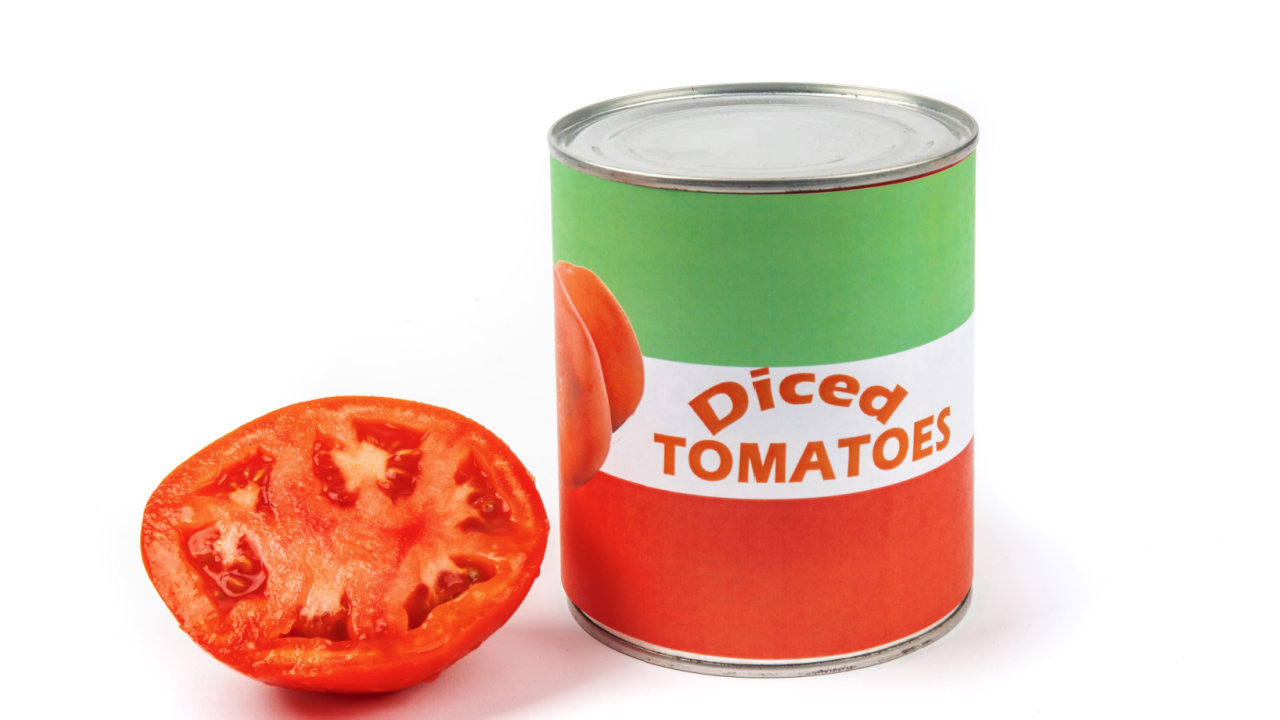
Diced tomatoes are a staple in my pantry thanks to their nutrition and versatility in cooking. From salsas to stews, they’re an essential ingredient that can enhance any meal. But it’s their nutrient content that makes them a must-have for my emergency food stockpile. Tomatoes contain high levels of lycopene which helps protect your cells and repair and cellular damage. They also contain potassium, vitamins B, E, C, and K, and folate.
2. Sweet Corn for Comfort
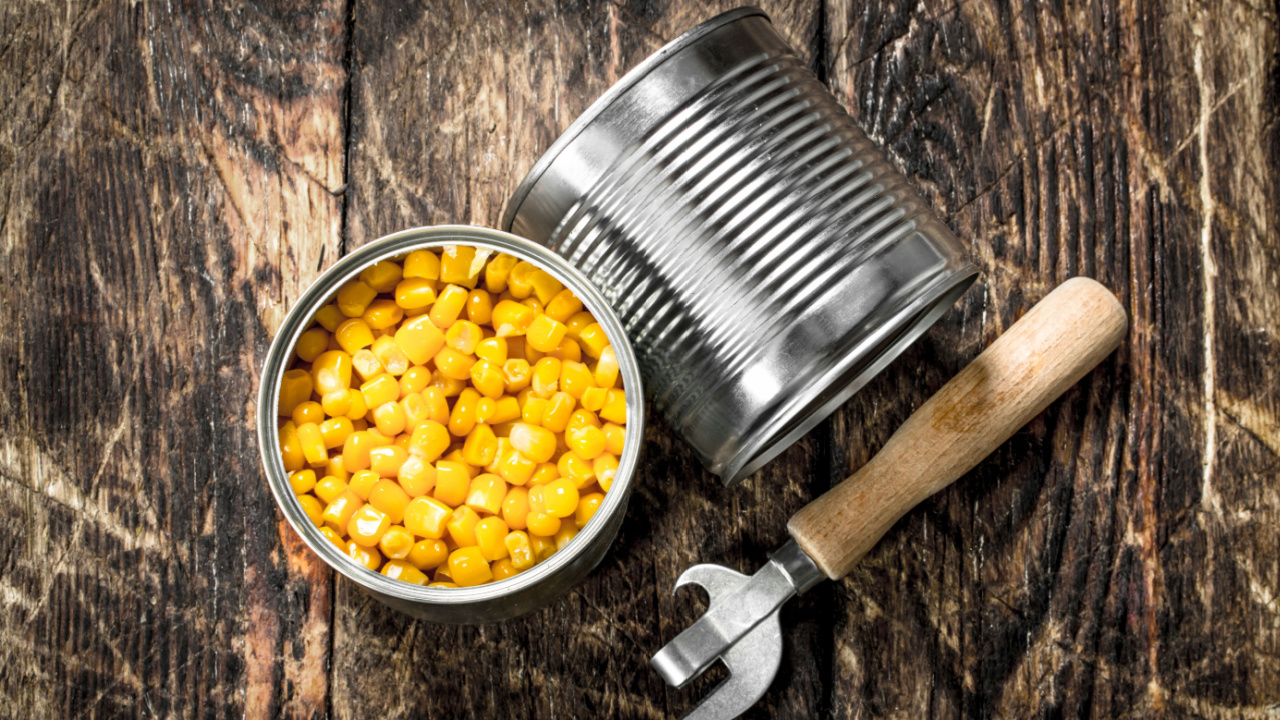
Corn is a favorite in our household, offering a quick and easy way to add a sweet, comforting touch to meals. Its versatility and popularity among kids make it an indispensable item in our emergency pantry. Corn is filling because it’s a grain and contains mostly carbs and fiber. It has a surprising nutrient profile: Manganese, phosphorus, magnesium, zinc, copper, and vitamins B5, B6, B9, B3, and potassium. It also contains antioxidants that are strongly related to good eye health.
3. Green Beans

Green beans are a timeless classic in canned food storage. Their nutritional value and ease of preparation make them a wise choice for anyone looking to maintain a balanced diet during uncertain times. They contain a little protein, lots of fiber, and a high concentration of vitamins and minerals.
VItamins: B5, C, A, K, B6, B3, B9, B1, and E.
Minerals: Calcium, iron, magnesium, phosphorus, potassium, and zinc.
4. Hearty Baked Beans

While rice and beans are often stored dry, the convenience and taste of canned baked beans cannot be overlooked. They add a much-needed variety to your food supply and are usually a hit with the whole family. Baked beans are also a nutrient-dense food and a ready source of protein and fiber. When fresh meat isn’t readily available, you need to find other sources to compensate, and baked beans are an easy choice. They also contain B vitamins, zinc, calcium, and iron.
5. Tuna in Oil for Added Calories

In a crisis, calorie content is crucial. I opt for tuna in oil over water for its higher calorie content, ensuring we have the energy we need. However, be mindful of mercury content and diversify your canned fish stockpile accordingly. Tuna is a great source of protein, Omega-3s, selenium, healthy fats, and vitamin D
6. Chili with Beans for Comfort
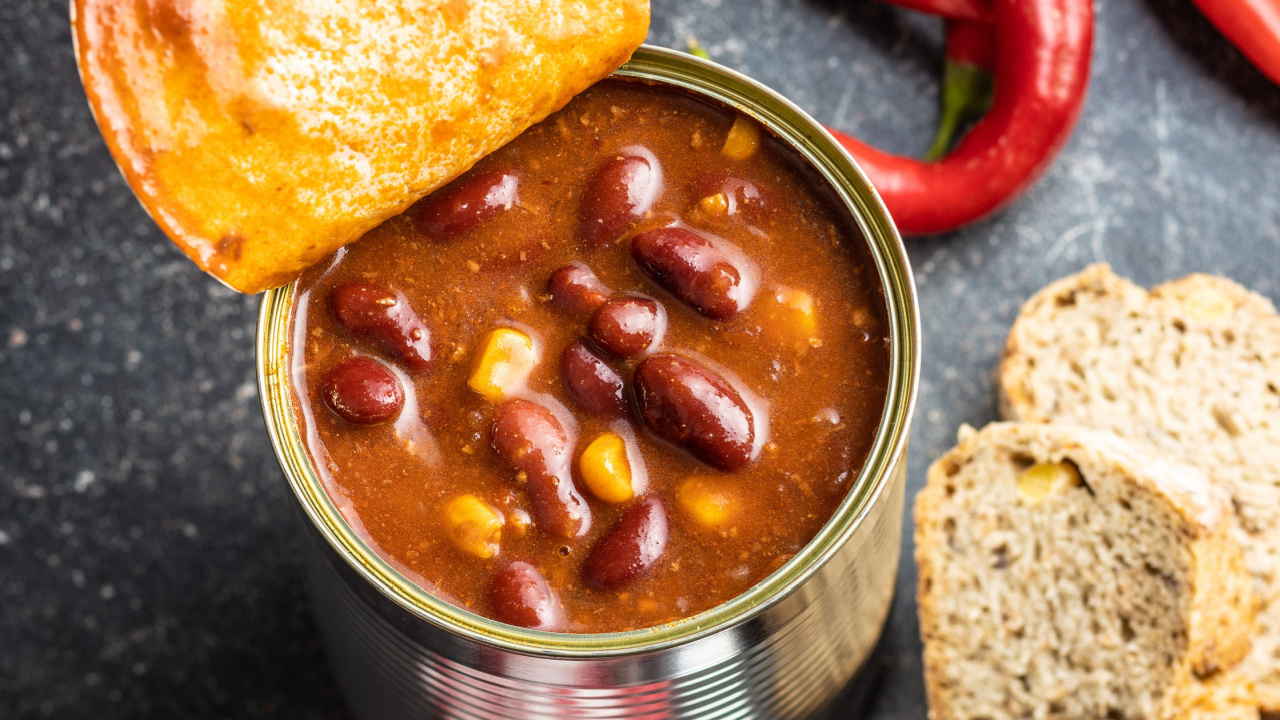
Chili is a comfort food that’s perfect for emergency situations. Its rich, hearty flavor makes it a preferred choice, easily found in cans for convenience and affordability. It’s high in protein, the beans add fiber, and there’s a range of key vitamins and minerals in there, too, including iron, B vitamins, selenium, potassium, magnesium, and phosphorus.
7. Protein-Rich Roast Beef

Canned roast beef is an excellent source of protein, providing vital nutrients with minimal preparation. It’s a straightforward, ready-to-eat option that’s perfect for emergency situations. It’s high-protein and also contained B12, B3, and B6, along with zinc, selenium, iron, and phosphorus.
8. Versatile Beef Stew
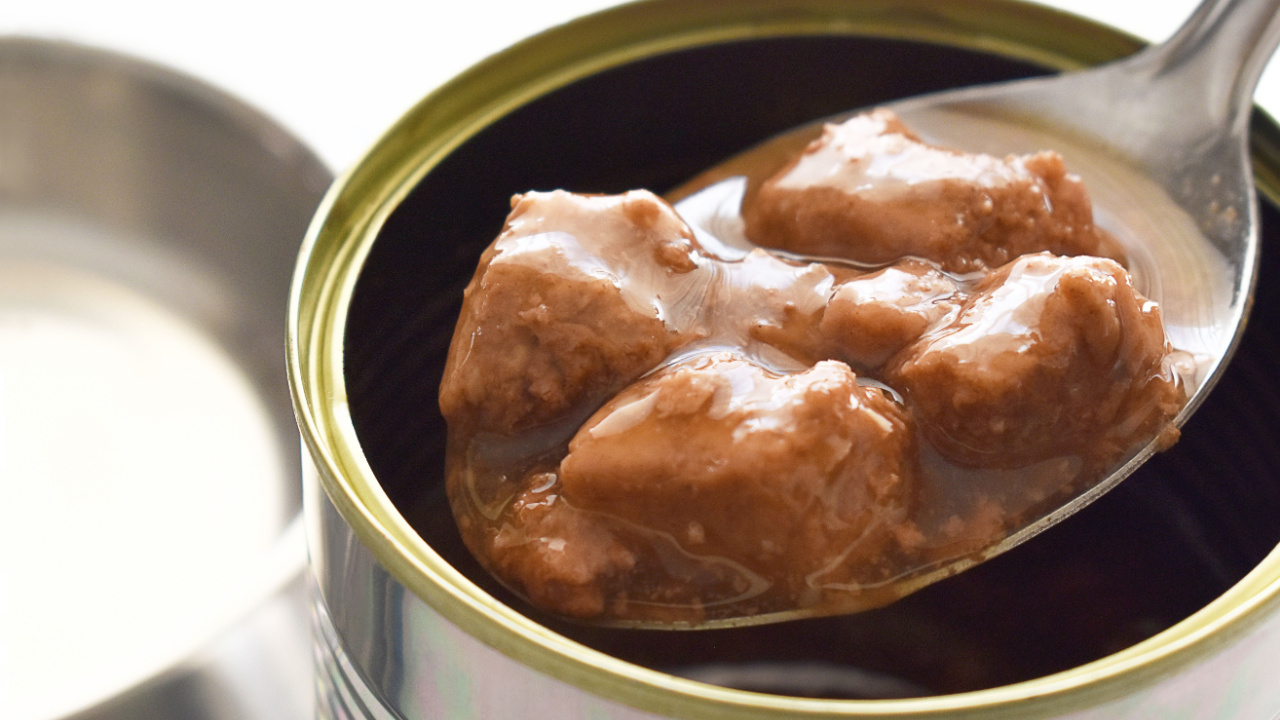
Beef stew in a can offers a base that you can easily enhance with additional ingredients. It’s a comforting and versatile option that allows for variety in your emergency meals. Beef stew has the same high-protein and nutrient profile, plus fiber and vitamins C, a, and K from the veggies.
9. Convenient Chunk Chicken Breast
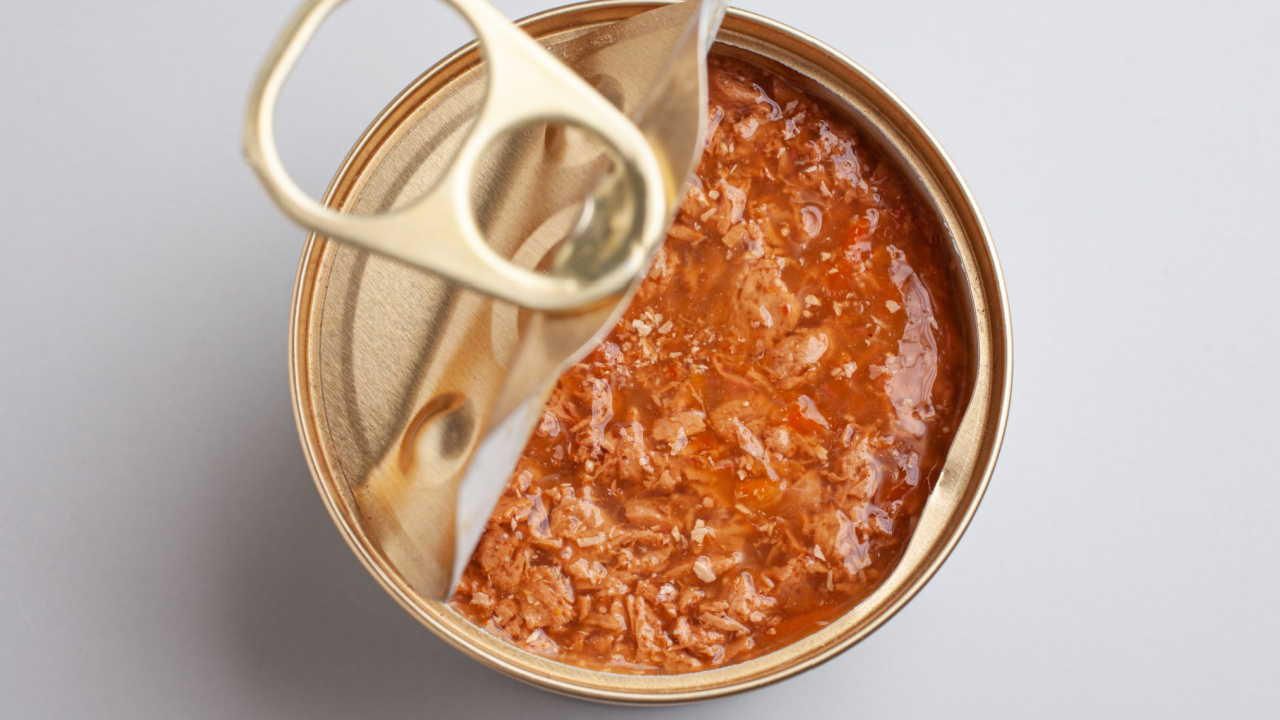
Canned chicken breast is a staple for us, easily incorporated into a variety of dishes like buffalo chicken dip. Its convenience and flexibility make it a key component of our pantry. It’s another high-protein option that’s readily available, affordable, and ready to eat. Aside from protein, canned chicken breast provides selenium, phosphorus, B6, and B3.
10. Pumpkin

Rich in vitamins and fiber, canned pumpkin is not just for pies. It can be used to make soups, bread, and even as a healthy addition to smoothies. Its long shelf life and nutritional benefits make it a valuable item for any emergency stockpile. Pumpkin is amazing for helping to regulate digestive issues, easing constipation and firming up loose bowel movements. Its nutrient profile includes vitamins A, K, E, B2, B6, C, and iron, copper, magnesium, and potassium.
11. Peas
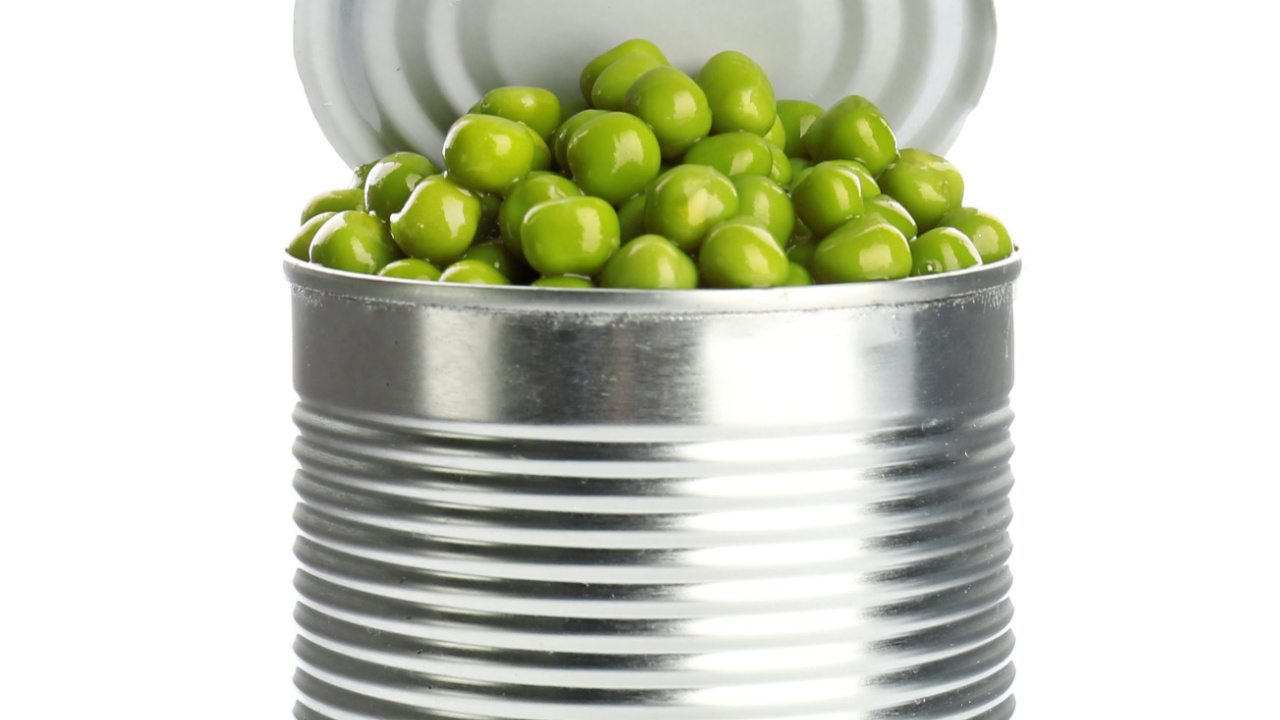
Peas are a great source of protein, fiber, and essential vitamins. Easily added to soups, stews, or served as a side, they offer a quick way to include greens in your diet during an emergency. Peas bulk out meals, add fiber, and provide vitamins A, K, C, and thiamine, folate, manganese, iron, and phosphorus.
12. Fruit in Juice
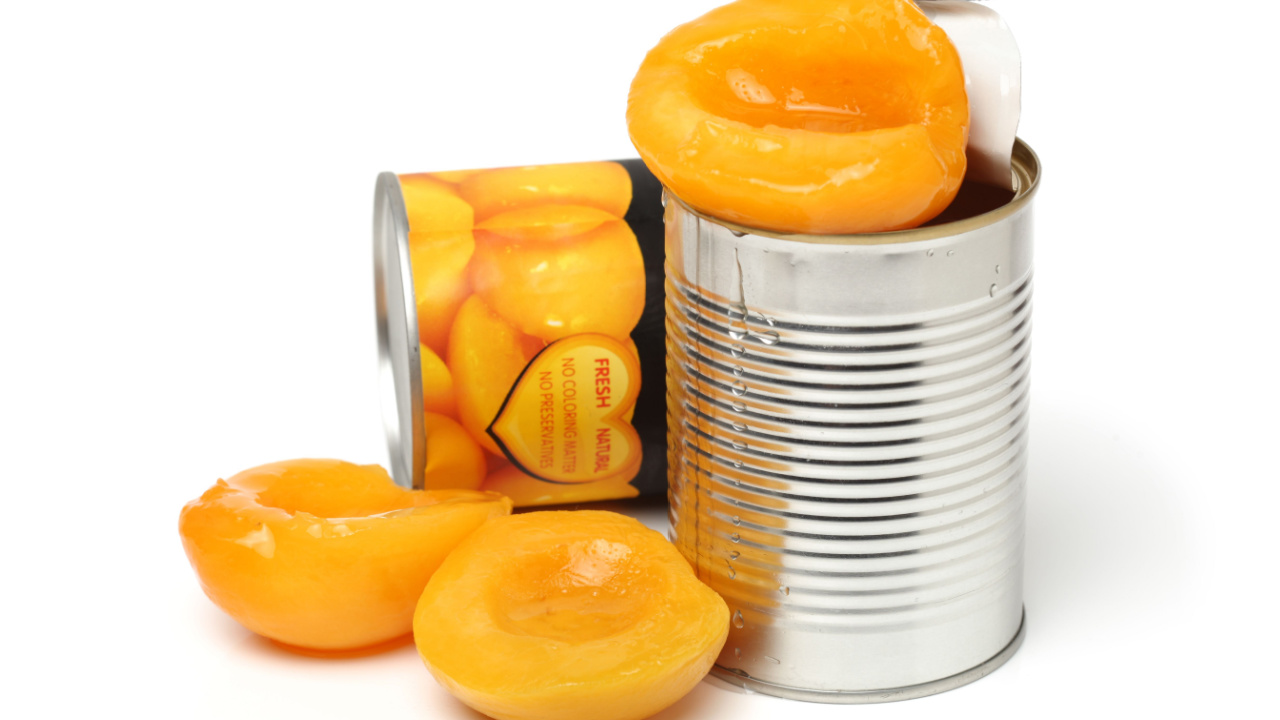
For a sweet treat that also provides essential nutrients, stock up on canned fruit in juice, not syrup. Options like peaches, pears, and pineapple can offer a refreshing change from the monotony of canned vegetables and meats. You’ll get quick energy from the carbs, hydration from the juice, and plenty of vitamins and minerals you might be missing from the meat and veggies. In canned pineapple, for example, you’ll find calcium, iron, magnesium, phosphorus, potassium, sodium, zinc, copper, selenium, carotene, vitamins A, C, K, R, and B6, B2, B3, and B1.
13. Coconut Milk

Ideal for adding richness and flavor to dishes, canned coconut milk can be used in a variety of recipes, from curries to soups. It’s also a great dairy-free alternative, offering healthy fats and calories needed in a crisis. Alongside the healthy fats, coconut milk provides calsium, potassium, manganese, iron, and vitamin C. And, of course, easy hydration.
14. Chickpeas

Chickpeas are a powerhouse of nutrition, providing protein, fiber, and essential minerals. They can be quickly turned into a hearty meal with minimal preparation, making them a smart addition to your emergency food stockpile. When meat is scarce, you still need protein, and chickpeas (and beans) are my plant proteins of choice, because there’s enough protein to make them a sustainable food source, and you also get plenty of fiber, vitamins C, D, and B6, and iron, calcium, and magnesium.
Why I Didn’t Include Spam
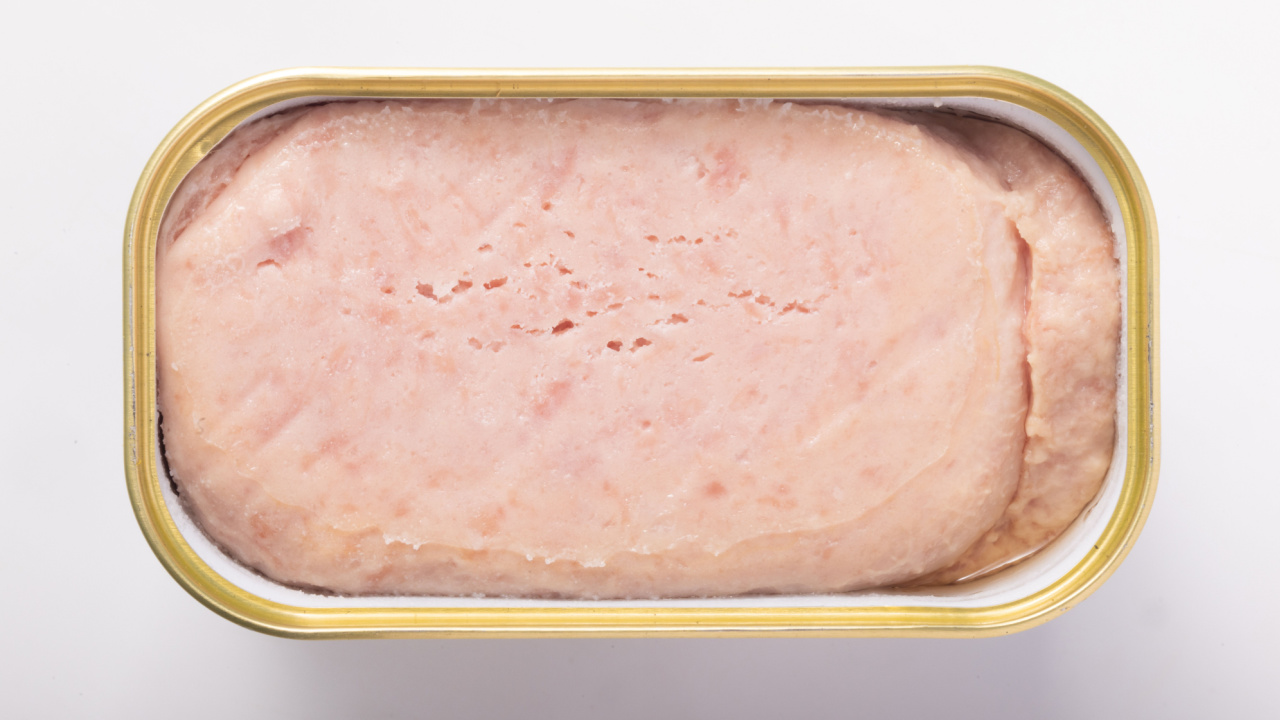
Spam has long been a go-to for emergency food storage, known for its versatility and long shelf life. While this is true, it’s also high in unhealthy fats and salt. And there are better options that store just as well, like canned beef and chicken. Plus, I just don’t like it. Yes, in an emergency, you eat whatever’s available, but why not fill your pantry with things that are nutritious, store well, and you enjoy? So no, you won’t find Spam in my emergency pantry. But to each their own.
Storing and Using Canned Goods
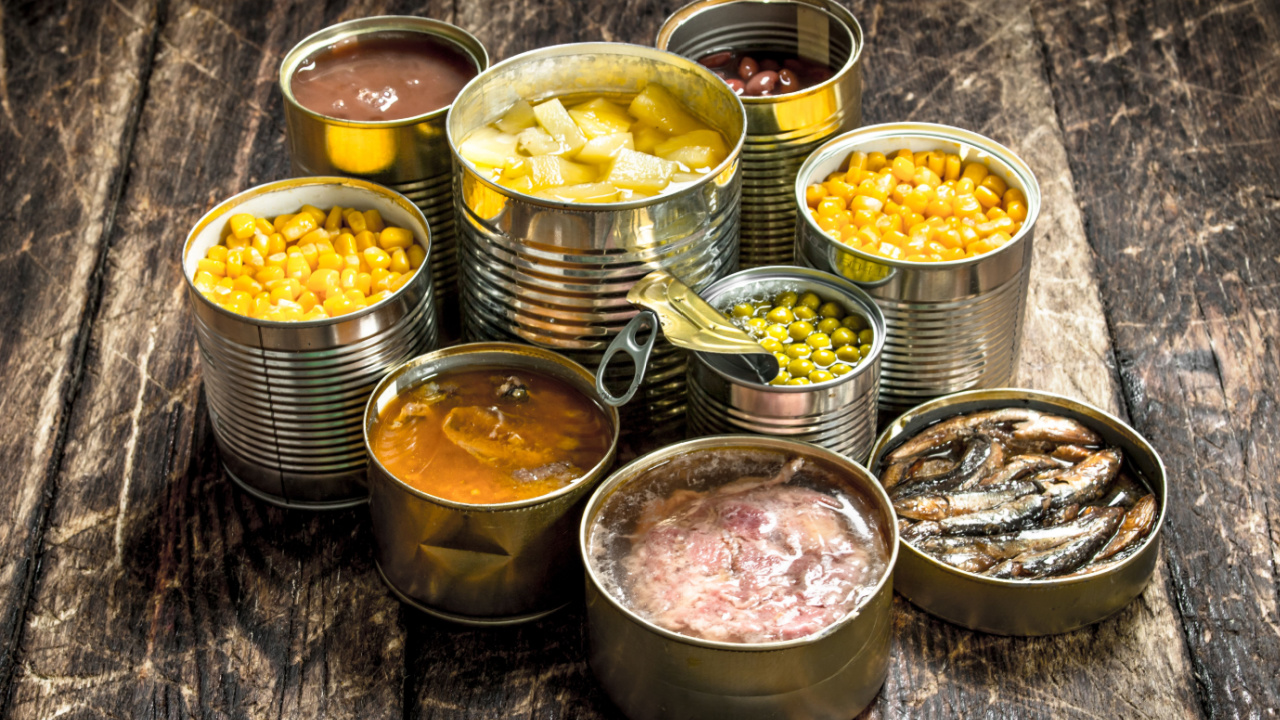
Canned goods can last well beyond their expiration dates, especially if stored in a cool, dry place. However, always inspect cans for bulging, leaking, or damage before use. Organize your pantry using the FIFO method (First In, First Out) to ensure you’re using older items first and keeping your stock fresh.
38 Things Every Prepper Should Stockpile That Aren’t Water, Food, or Weapons

This list extends beyond the basic survival trio of water, food, and weapons. It’s a given that we need to stock up on water, food, and a way to defend ourselves and what we have. But what other things will you need in a survival situation?
None of us truly knows what TEOTWAWKI will really look like, although most of us have theories we think most likely. But whatever the situation is, there are certain supplies that it just makes sense to have on hand, aside from the obvious trio I mentioned above.
25 Winter Foraging Foods to Save Money on Your Grocery Bill
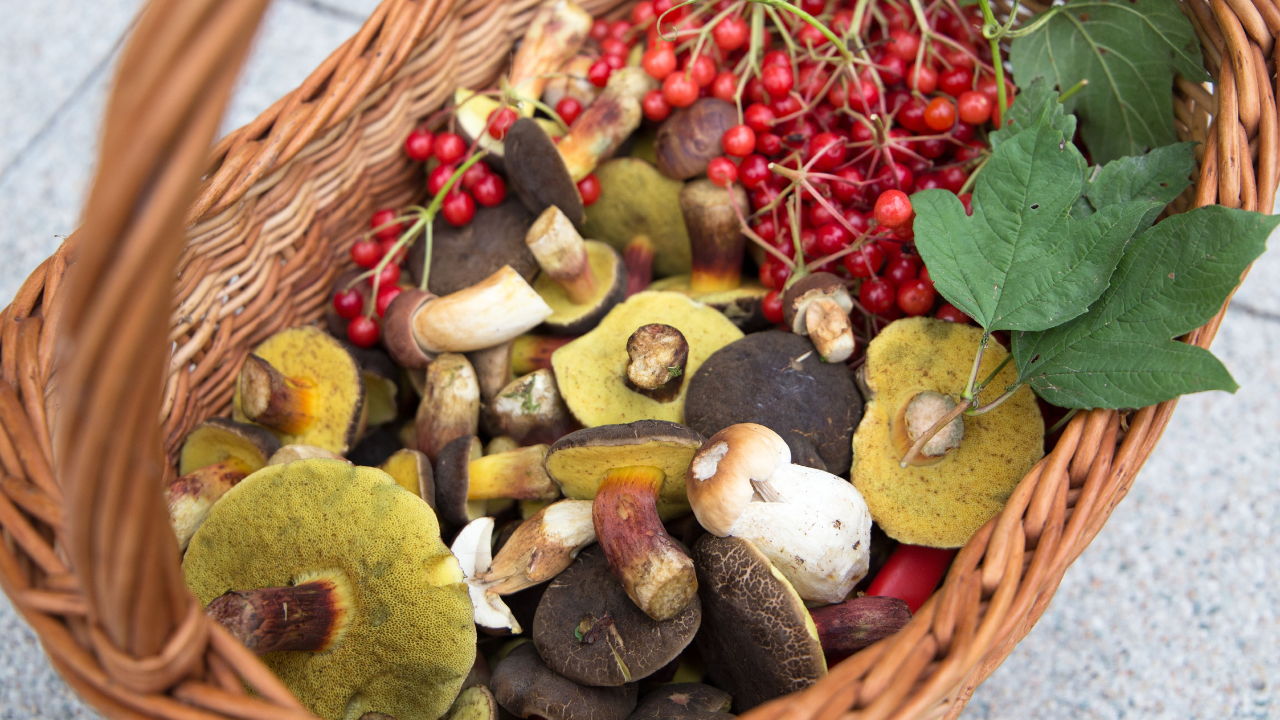
With food prices going up by 15% from October 2021 to October 2023, finding ways to cut down your grocery bills is more important than ever. Winter foraging is an awesome way to add to your pantry for free. Yes, you get free food in the form of wild edibles, but it’s also fun for the whole family, gets you moving, and reconnects you with nature.
Even though foraging in winter seems hard compared to the bounty of late summer, there’s still plenty out there if you know where to look. Plus, if things do go south, you need to know how to get wild foods to survive when there are no old-world supplies to access.
23 Smart Ways to Preserve Food
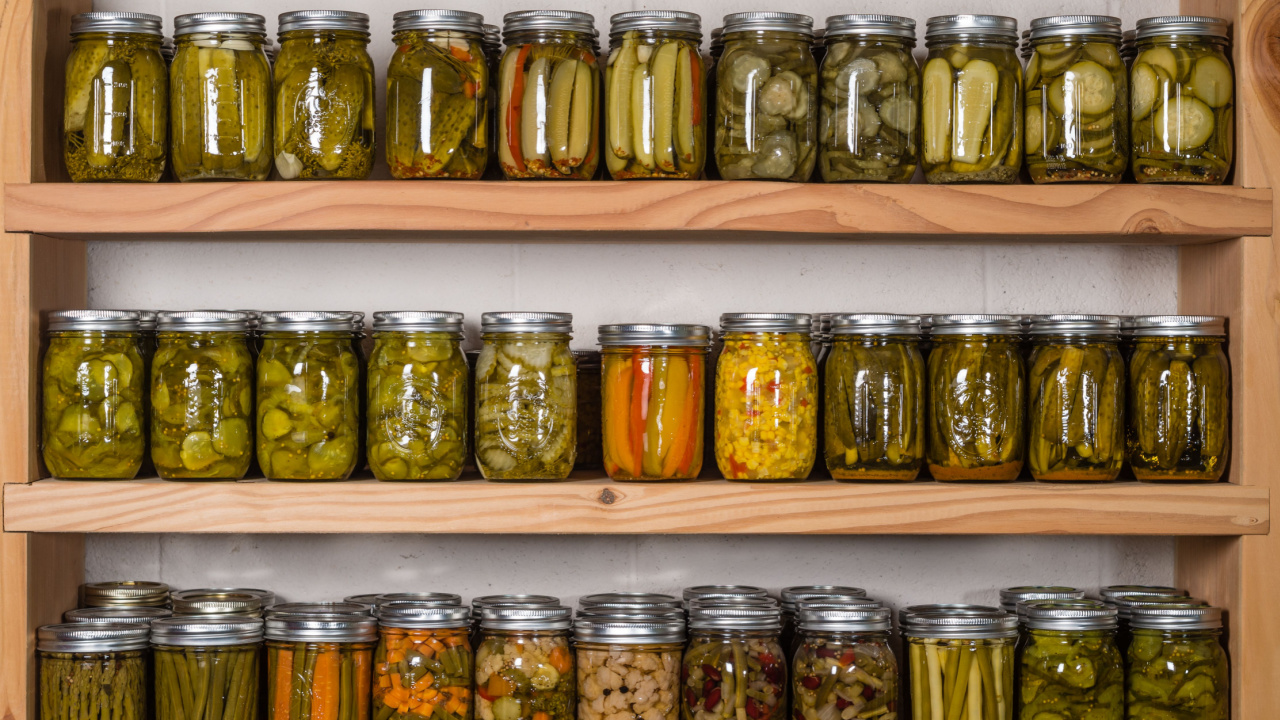
Preserving food is an art as much as it is a science, tapping into our ancestral roots and addressing modern needs. Whether you’re looking to avoid waste, prepare for leaner times, or simply enjoy the fruits of your labor year-round, these 23 smart methods will guide you through. I’m a huge fan of preserving things I find on sale, gluts of produce from my homestead, or produce I’ve bartered with someone else.
Katy Willis is a writer, lifelong homesteader, and master herbalist, master gardener, and canine nutritionist. Katy is a preparedness expert and modern homesteader practicing everyday preparedness, sustainability, and a holistic lifestyle.
She knows how important it is to be prepared for whatever life throws at you, because you just never know what's coming. And preparedness helps you give your family the best chance to thrive in any situation.
Katy is passionate about living naturally, growing food, keeping livestock, foraging, and making and using herbal remedies. Katy is an experienced herbalist and a member of the CMA (Complementary Medical Association).
Her preparedness skills go beyond just being "ready", she's ready to survive the initial disaster, and thrive afterward, too. She grows 100% organic food on roughly 15 acres and raises goats, chickens, and ducks. She also lovingly tends her orchard, where she grows many different fruit trees. And, because she likes to know exactly what she's feeding her family, she's a seasoned from-scratch cook and gluten-free baker.
Katy teaches foraging and environmental education classes, too, including self-sufficient living, modern homesteading, seed saving, and organic vegetable gardening.
Katy helps others learn forgotten skills, including basic survival skills and self-reliance.
She's been published on sites such as MSN, Angi, Home Advisor, Family Handyman, Wealth of Geeks, Readers Digest, and more.
